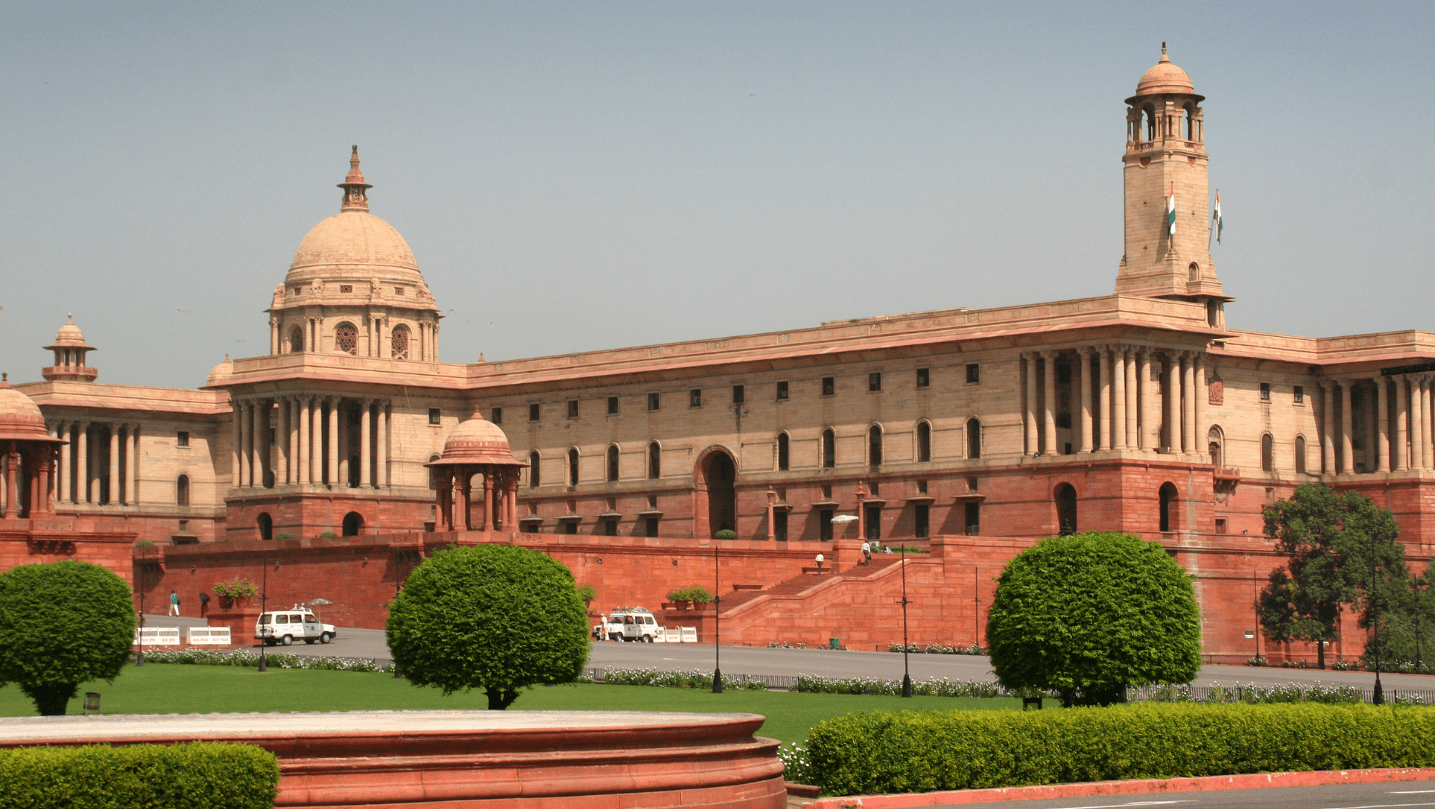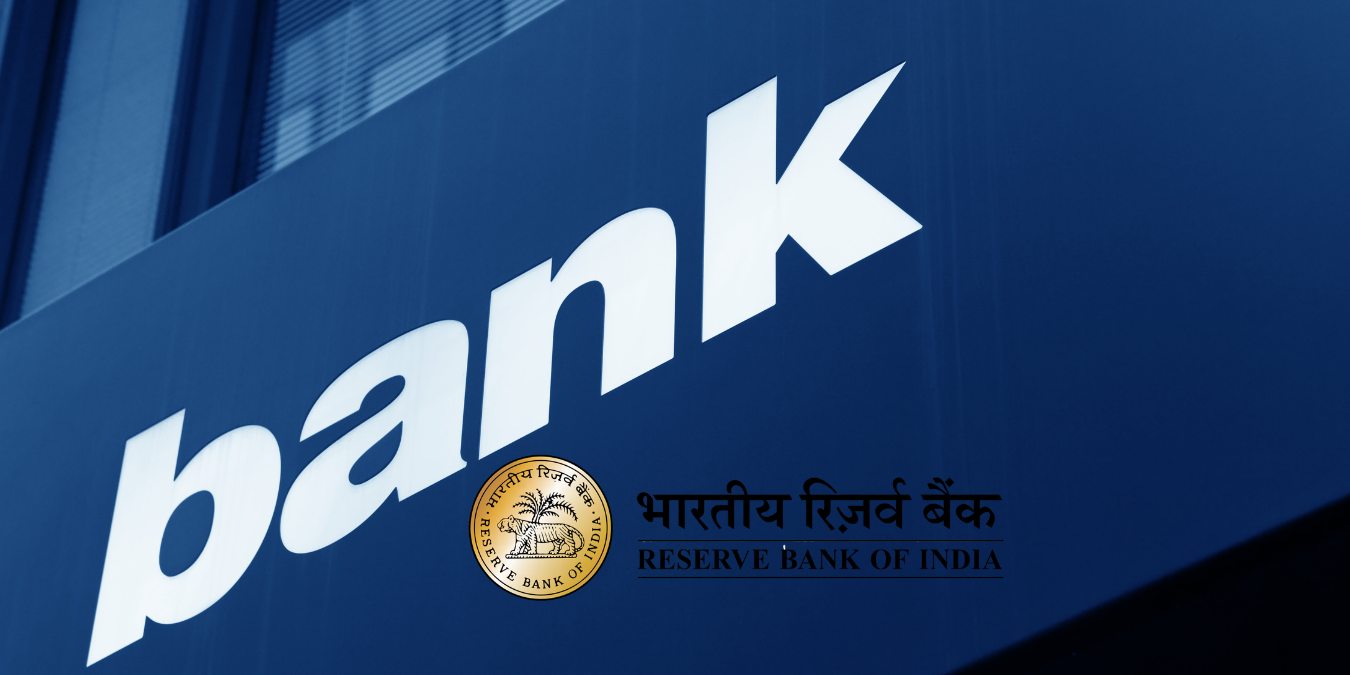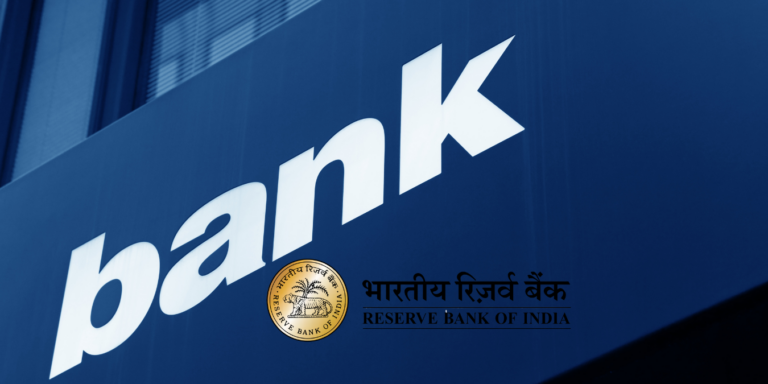
“Explore the latest key initiatives by the Government of India effective April 1, 2025. Learn about new tax exemptions, GST portal security, UPI deactivation rules, TDS changes, and more. Discover how these measures will impact your financial well-being and economic growth. Stay informed and secure your future!”
The Government of India has introduced several transformative initiatives set to take effect from April 1, 2025, aimed at simplifying taxation, enhancing financial security, and boosting economic growth. These measures, announced as part of the Union Budget 2025 and subsequent policy updates, reflect the government’s commitment to fostering a taxpayer-friendly environment, strengthening digital infrastructure, and supporting key sectors like MSMEs. In this blog post, we’ll dive deep into these key initiatives, their implications, and how they will impact individuals, businesses, and the economy at large.
1. Full Income Tax Exemption Up to Rs 12 Lakh: A Boost for Salaried Professionals
One of the most significant announcements effective from April 1, 2025, is the income tax exemption for individuals earning up to Rs 12 lakh annually under the new tax regime. With an additional standard deduction of Rs 75,000, salaried professionals can now enjoy a tax-free income of up to Rs 12.75 lakh. This change, introduced under the Finance Act 2025, applies to income earned between April 1, 2025, and March 31, 2026, and will be reflected in the Income Tax Returns (ITR) for Assessment Year 2026-27.
Key Details:
- Rebate under Section 87A: Increased to Rs 60,000 from Rs 25,000, ensuring no tax liability for incomes up to Rs 12 lakh.
- Standard Deduction: Salaried individuals and pensioners benefit from a Rs 75,000 deduction, pushing the tax-free threshold to Rs 12.75 lakh.
- Marginal Relief: For incomes slightly above Rs 12 lakh (up to Rs 12.75 lakh), taxpayers will pay only the excess amount as tax, ensuring take-home income remains at least Rs 12 lakh.
Impact:
This initiative provides substantial relief to the middle class, reducing tax liability by up to Rs 1.1 lakh annually compared to previous slabs. It aligns with the government’s vision of boosting disposable income, encouraging spending, and stimulating economic growth. For example, an individual earning Rs 12.10 lakh will pay just Rs 10,000 in tax, thanks to marginal relief provisions.
2. Mandatory Multi-Factor Authentication (MFA) for GST Portal Login
Starting April 1, 2025, logging into the GST portal will require multi-factor authentication (MFA), a move aimed at enhancing cybersecurity for taxpayers. This initiative is part of broader efforts to secure financial systems and prevent unauthorized access to sensitive data.
Key Details:
- MFA Process: Users will need a username, password, and an OTP (sent to their registered mobile number or via apps like Sandes) to log in.
- Additional GST Updates:
- E-way bills can only be generated for documents less than 180 days old.
- Sequential filing of GSTR-7 (TDS returns) is mandatory, with no skipping of months.
- Promoters and directors must visit GST Suvidha Kendras for biometric verification.
Impact:
The introduction of MFA will bolster the security of the GST ecosystem, reducing fraud and ensuring compliance. Businesses will need to update their processes to align with these stricter norms, particularly for e-way bill generation and TDS filings.
3. UPI Deactivation Rules: Unlinking Inactive Mobile Numbers
The National Payments Corporation of India (NPCI) has introduced new UPI deactivation rules effective April 1, 2025, targeting UPI IDs linked to inactive mobile numbers. This measure aims to enhance the security and efficiency of digital payments.
Key Details:
- Weekly Updates: Banks and payment service providers (e.g., PhonePe, Google Pay, Paytm) must update mobile number records weekly using the Mobile Number Revocation List (MNRL) and Digital Intelligence Platform (DIP).
- Deactivation: UPI IDs tied to numbers inactive for an extended period will be unlinked, rendering UPI services unavailable until updated.
Impact:
This rule will reduce transaction errors and curb potential misuse of dormant accounts. Users are advised to update their mobile numbers with banks to avoid disruptions in UPI services, which processed over 144 billion transactions worth Rs 20.6 lakh crore in FY 2024-25 (as per NPCI data).
4. No TDS on Rent Below Rs 6 Lakh Per Annum
Effective April 1, 2025, the TDS threshold on rent for land or buildings has been raised to Rs 50,000 per month (Rs 6 lakh annually), up from Rs 2.4 lakh per year. This change under Section 194I of the Income Tax Act provides relief to small taxpayers and landlords.
Key Details:
- Previous Limit: TDS was applicable at 10% if annual rent exceeded Rs 2.4 lakh.
- New Limit: No TDS deduction if rent is below Rs 6 lakh per year.
Impact:
This initiative reduces the compliance burden for tenants and landlords, particularly in urban areas where rental costs are high. It aligns with the government’s goal of simplifying tax processes and easing financial pressures on the middle class.
5. Increased TDS Exemption on Bank Interest for Senior Citizens and Others
The TDS exemption limit on bank interest has been revised effective April 1, 2025, offering significant relief to depositors, especially senior citizens.
Key Details:
- Senior Citizens: No TDS on interest up to Rs 1 lakh (previously Rs 50,000).
- General Citizens: No TDS on interest up to Rs 50,000 (previously Rs 40,000).
Impact:
This change benefits senior citizens relying on interest income for financial stability, doubling their tax-free limit. For others, the modest increase reflects inflation adjustments and encourages savings. With bank deposits in India crossing Rs 200 lakh crore in 2024 (RBI data), this move supports depositors across demographics.
6. Banking Laws (Amendment) Bill: Up to 4 Nominees Allowed
The Banking Laws (Amendment) Bill, effective April 1, 2025, allows account holders to nominate up to four nominees for their bank accounts, enhancing flexibility in succession planning.
Key Details:
- Previous Rule: Only one nominee was permitted.
- New Rule: Up to four nominees can be assigned, with the option to specify shares of the account balance.
Impact:
This amendment simplifies inheritance processes and reduces disputes among heirs. With over 300 crore bank accounts in India (as per the Department of Financial Services), this change ensures smoother asset transfers.
7. PAN-Aadhaar Linking Mandatory for Dividend Income
Failure to link PAN with Aadhaar by March 31, 2025, will result in the suspension of dividend income starting April 1, 2025. This rule also increases TDS rates and denies Form 26AS credits.
Key Details:
- Consequences: No dividend payouts, higher TDS, and no tax credit.
- Deadline: March 31, 2025.
Impact:
This measure enforces compliance with the PAN-Aadhaar linkage mandate, affecting investors in mutual funds and stocks. With over 60 crore PAN cards issued (Income Tax Department data), unlinked accounts face significant financial penalties.
8. Unified Pension Scheme (UPS): A New Era for Government Employees
The Unified Pension Scheme (UPS), announced in August 2024, will be implemented from April 1, 2025, benefiting approximately 23 lakh central government employees currently under the National Pension System (NPS).
Key Details:
- Pension Benefit: Employees with 25+ years of service will receive 50% of their average basic salary (last 12 months) as a pension.
- Optionality: NPS subscribers can opt for UPS.
Impact:
UPS ensures financial security post-retirement, addressing long-standing demands for a guaranteed pension. It’s a landmark reform in India’s pension framework, balancing fiscal responsibility with employee welfare.
9. Enhanced MSME Definition: Boosting Small Businesses
The MSME definition has been revised effective April 1, 2025, increasing investment and turnover thresholds to support micro, small, and medium enterprises.
Key Details:
- Micro: Investment up to Rs 1 crore, turnover up to Rs 5 crore.
- Small: Investment up to Rs 10 crore, turnover up to Rs 50 crore.
- Medium: Investment up to Rs 50 crore, turnover up to Rs 250 crore.
- Additional Support: Credit guarantee cover enhanced, and Udyam-registered micro-enterprises to receive Rs 5 lakh credit cards (10 lakh cards in the first year).
Impact:
With MSMEs contributing 30% to India’s GDP and employing over 11 crore people (Ministry of MSME data), this enhancement improves access to credit and markets, fostering growth and resilience.
A Progressive Step Forward
The key initiatives effective April 1, 2025, reflect the Government of India’s focus on simplifying taxation, securing digital transactions, and supporting economic pillars like MSMEs and pensioners. From income tax exemptions and GST MFA to UPI deactivation rules and UPS, these reforms promise a more inclusive and efficient financial ecosystem. Taxpayers and businesses must adapt to these changes—updating PAN-Aadhaar links, ensuring GST compliance, and leveraging new MSME benefits—to maximize their advantages.
-

HDFC Bank’s Lounge Access Shock: Why Your Debit Card Perk Just Got 2X Tougher
-

High-Value Credit Card Payments: The Silent Trigger for Section 148 Notices
-

RBI Replaces Flat-Rate Deposit Insurance with Risk-Based System
-

Big Spender Alert Who Skip Tax Filing: Income Tax’s Hidden System Recovers ₹37K Cr Already





























